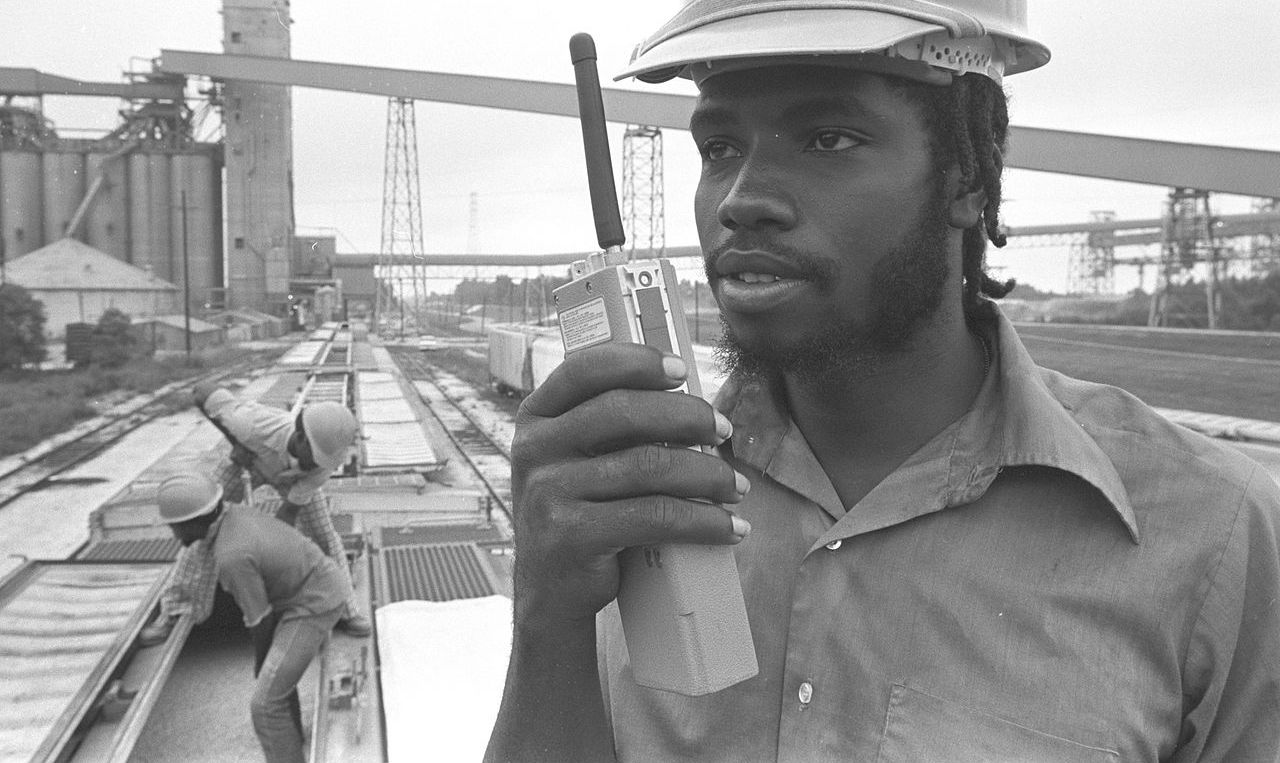Communications are essential for effective action. The ability to coordinate a team of people depends on the ability to communicate instructions and intelligence quickly and accurately. Radios can be an excellent tools for protest, event, and location security (i.e., a defensive context) and for direct action (i.e., an offensive context).
Modern communications over distance depend heavily on radios. Radios provide a reliable and instant means of communication. This piece is an introduction to basic tips and tricks for using two-way radios for communication in an organizing context.
Introduction
Using a two-way radio is different from using a phone. For example, users cannot both transmit and receive at the same time. Only one person can transmit at a time, while the others listen.
This means that effective radio communication requires discipline, practice, and the use of a certain etiquette. Here is a short list of recommendations for the use of radios. We encourage our readers to purchase and train with radios in their communities.
1. Simple and Clear
Use simple words, and speak slowly and clearly. Do not shout. Think before you speak.
2. Follow Security Culture
How can you direct your message to the right person without disclosing personally identifiable information over the radio? You may wish to use code names or roles rather than identifying a person using their name over the radio. Do not communicate any information over the radio that you do not wish to be potentially heard by adversaries.
3. Confirm Message Receipt
After you send a message, wait for the receiver to confirm they have received it. If you receive a message, confirm using “10-4” or “copy that.”
4. Be Brief
Radio communications should be disciplined and short. Radio is no place for chatter. Do not respond to messages unless necessary. Communicate essential information in as few words as possible. If you must send a long message, let your recipients know at the start of the transmission. Consider breaking a long message into several transmissions.
5. Do Not Interrupt
Only one person can transmit on a given frequency at a time. Do not push the PTT (Push To Talk) button unless the frequency is clear, unless there is an emergency.
6. Direct Communications
If another radio user attempts to contact you (preferably using a call sign), acknowledge with a “go ahead” (indicating you are ready to receive) or a “standby” (indicating you need a moment before being ready to listen).
7. Pause Before Speaking
When pressing the PTT button, the radio may take a moment to begin transmitting. Wait a second or two before speaking.
8. Learn Basic Radio Lingo
Basic radio communication terminology. Do NOT use slang.
9. Perform Regular Radio Checks
Radios can run out of batteries, be accidentally turned off or switched to the wrong frequency, or you may go out of range. Perform regular test transmissions to ensure radios are working properly.

